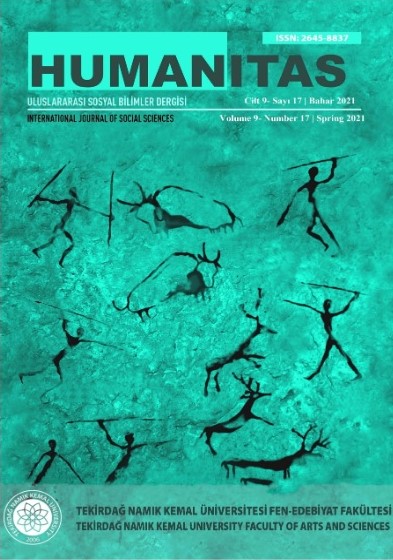ULUSU SAYFAYA TAŞIMAK: RAJA RAO’NUN KANTHAPURA ADLI ESERİNDE ULUS TAHAYYÜLÜ
CREATING THE NATION ON THE PAGE: THE IMAGINED NATIONHOOD IN RAJA RAO’S KANTHAPURA
Author(s): Ayşegül TURANSubject(s): Short Story, Rural and urban sociology, Sociology of Culture
Published by: Namık Kemal Üniversitesi Fen-Edebiyat Fakültesi
Keywords: Postcolonial literature; India; national culture; Raja Rao; Kanthapura;
Summary/Abstract: Raja Rao’s Kanthapura (1938) focuses on the story of how Gandhian ideology reaches the village of Kanthapura and changes the villagers’ lives drastically. Rao’s portrayal of national identity, by putting the village in the center, relies heavily on the use of centuries-old Indian culture and traditions in order to create a sense of shared history and collective sense of belonging against British colonialism. In the novel, the villagers re-discover their shared cultural and religious past in their attempt to find the strength to fight against colonial domination and envision a new society. Thus, the narrative’s imagining of the future society follows a past-oriented trajectory, namely combining the past, present and future in the microcosmos of the village. I contend that the temporal origin of the projected nationhood determines the limitations and possibilities for the formation of the idea of nation and the future society.
Journal: Humanitas - Uluslararası Sosyal Bilimler Dergisi
- Issue Year: 9/2021
- Issue No: 17
- Page Range: 353-371
- Page Count: 19
- Language: English

